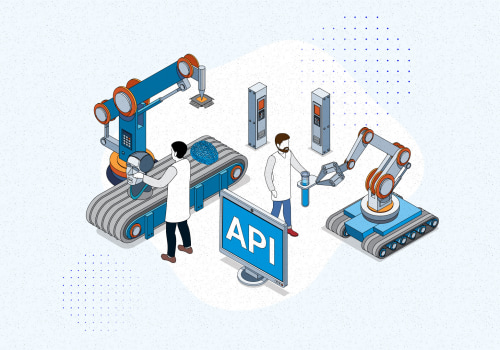Organizations must take a comprehensive approach to ensure that their data is compliant when using AI as a Service. This includes clear communication of practical measures to achieve AI compliance objectives, robust anonymization, secure algorithms, and the complete deletion of data that is no longer used. To protect the privacy of the data being exchanged, organizations must develop appropriate educational and process enablement activities to help employees understand their organization's AI compliance objectives and their role in meeting those objectives. Organizations can use internal resources or outsource to third parties, such as IBM Promontory Services, to map out common AI requirements that must be consistently met.
If the AI processing is done by a third party, both the third party and the data controller they work for must also comply with regulatory requirements on the protection and use of data for AI analysis. By getting more details from larger-scale data analysis, AI can also help influence customer management and marketing. When an organization is subject to several authorized AI standards, it is often difficult to narrow down the full set of AI requirements that must be addressed in a specific context. This simulation is what makes AI “intelligent” and it is what contributes to the different ways in which AI is used in companies, especially with regard to the use of data, customer management and marketing. This figure alone shows that companies see AI algorithms as their best allies in their mission to protect data privacy.











